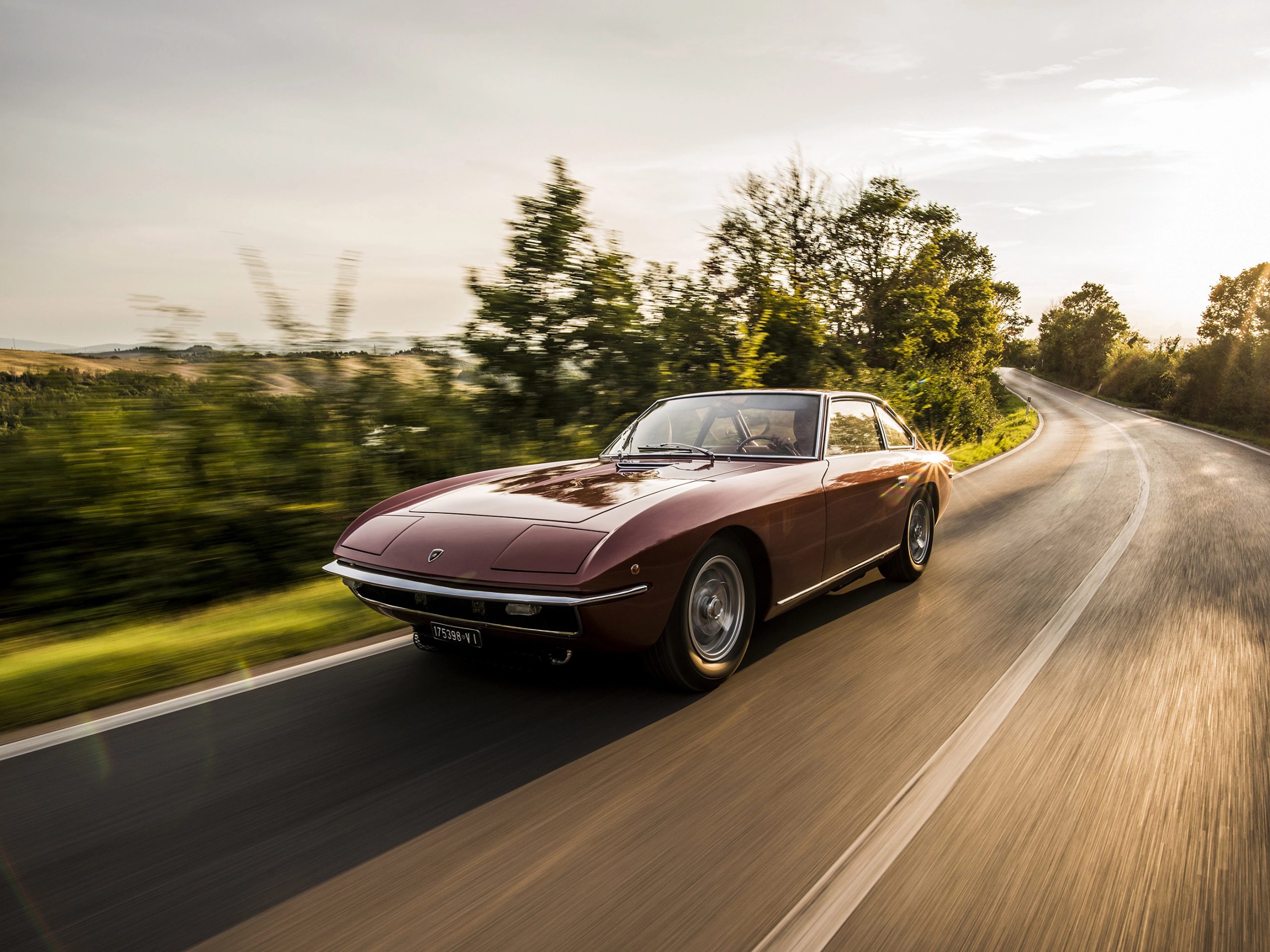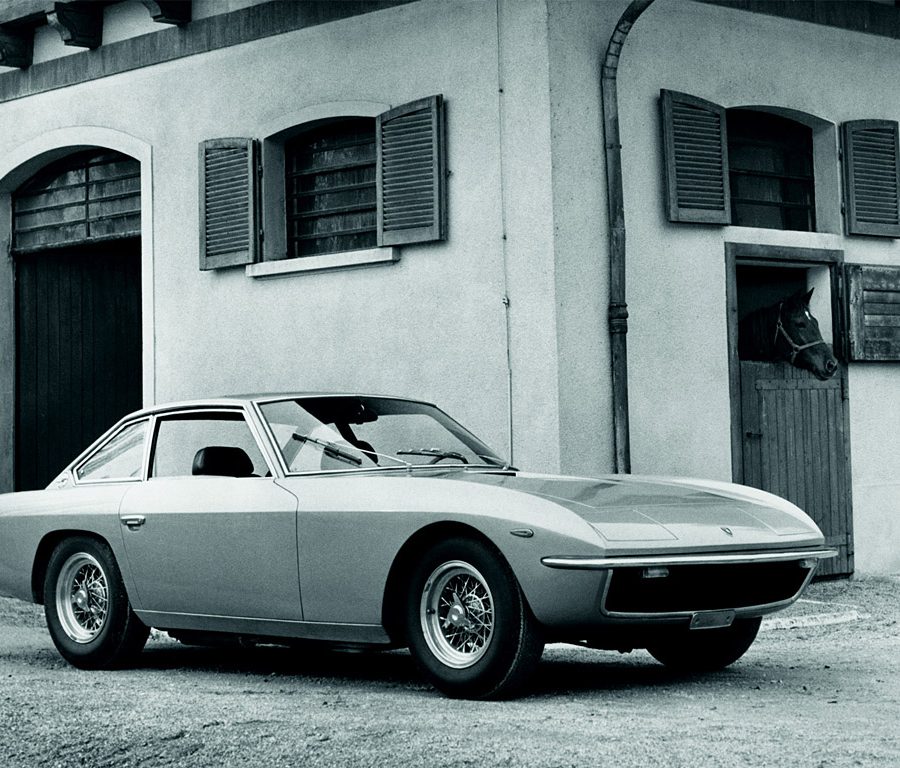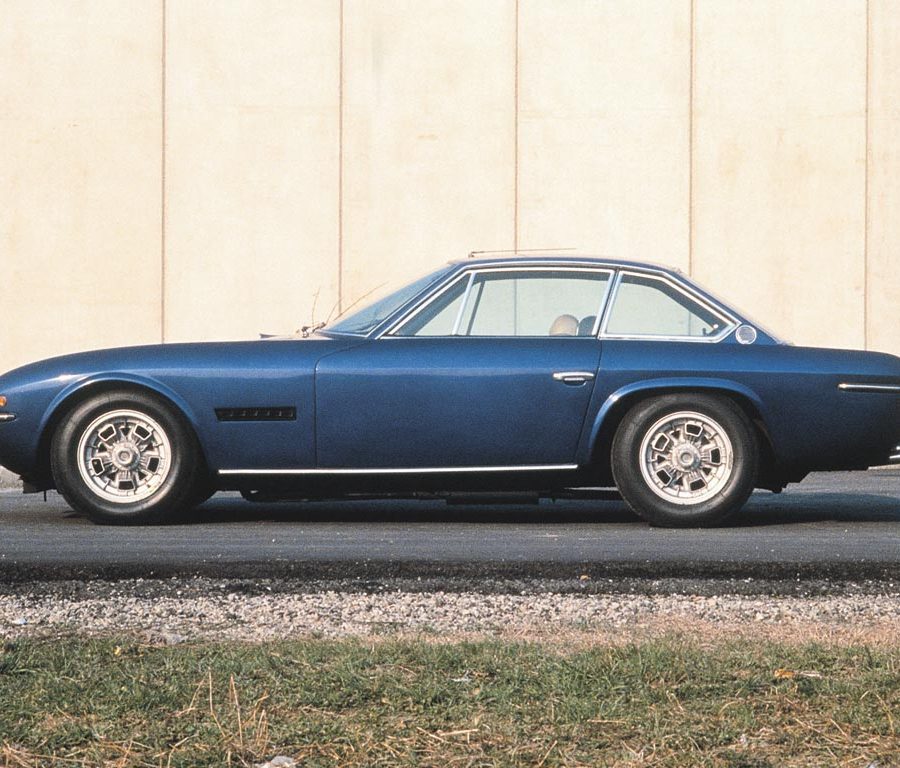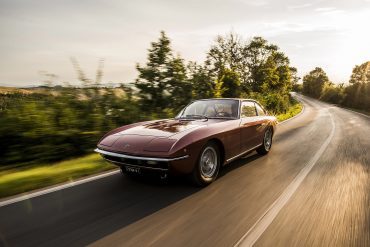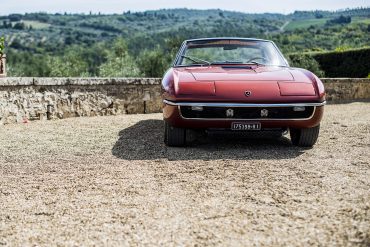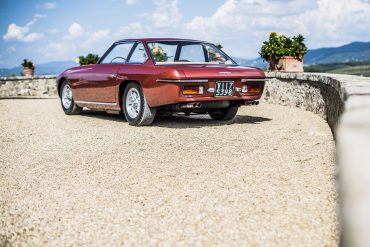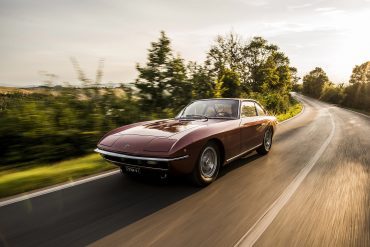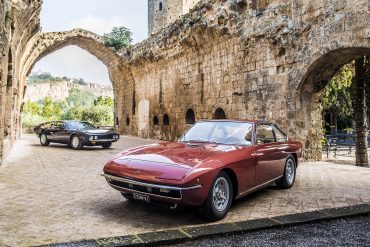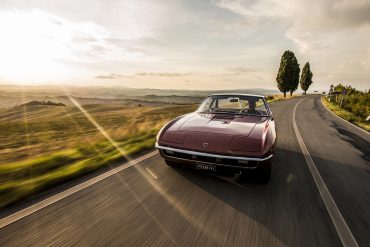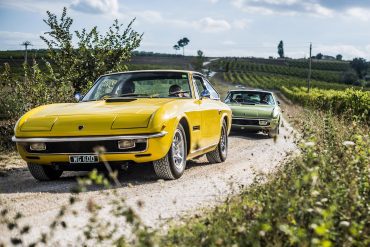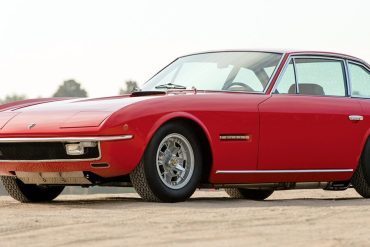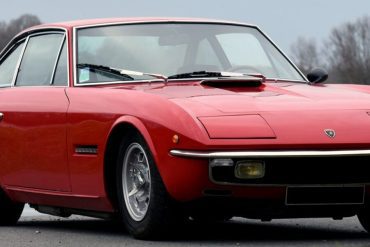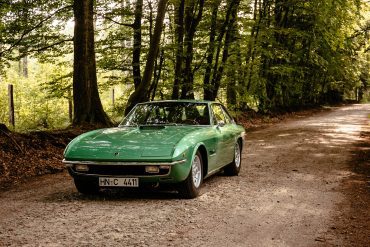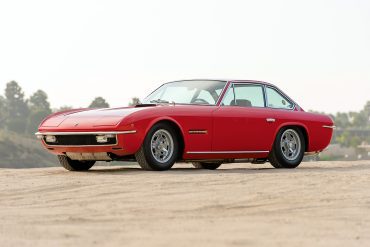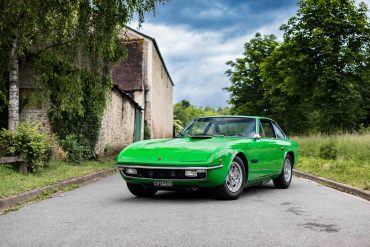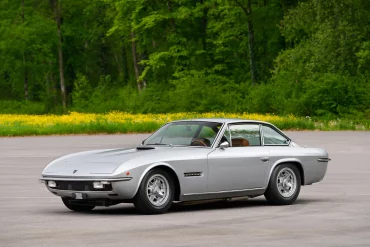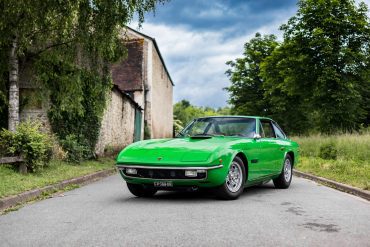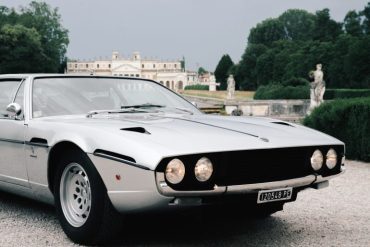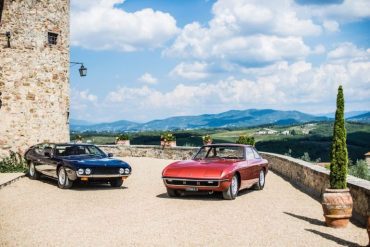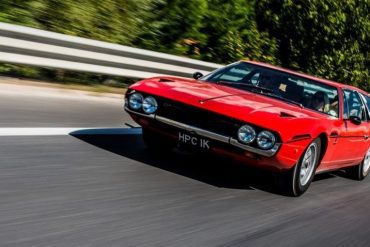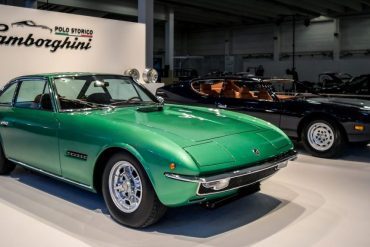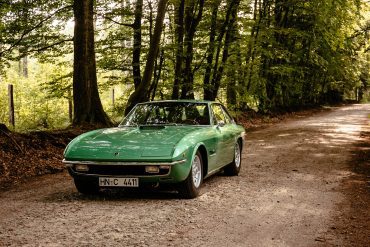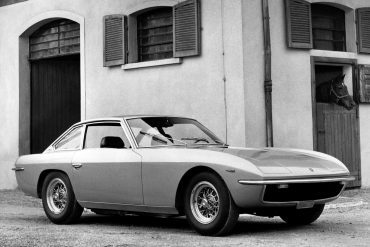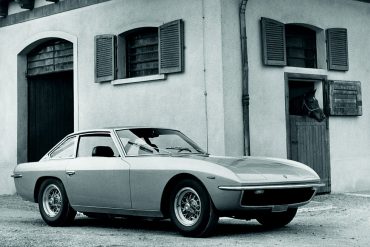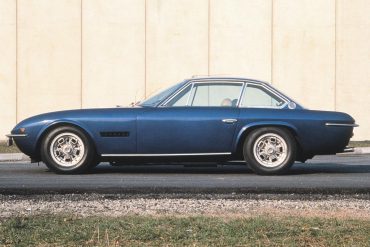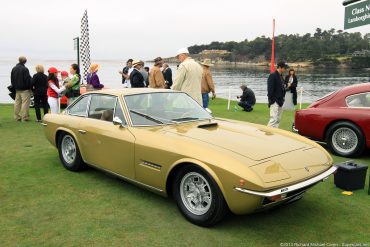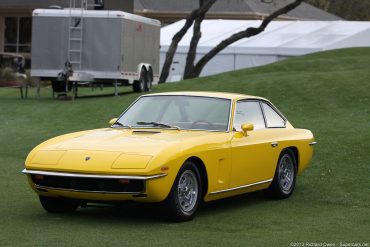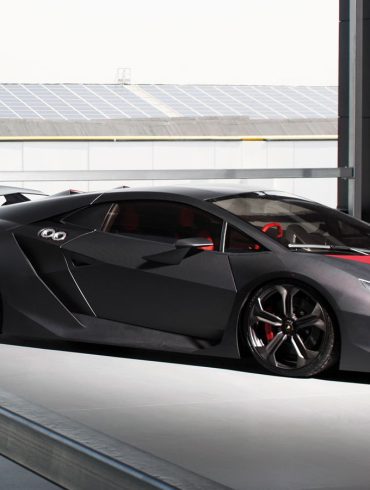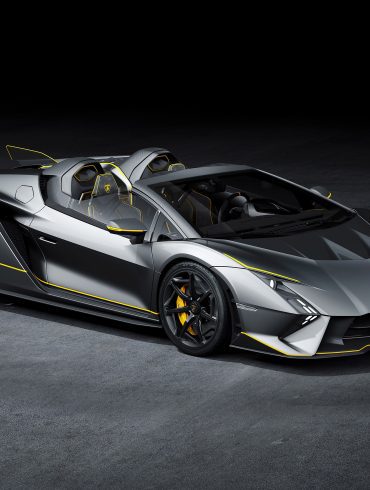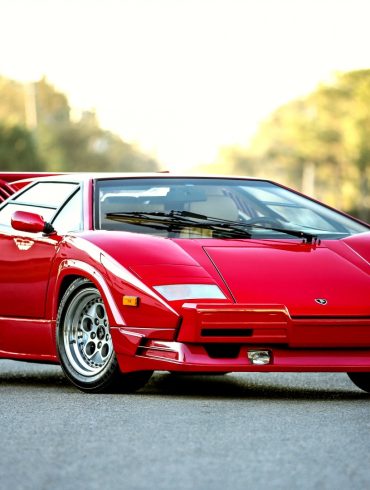1968 Lamborghini Islero The Lamborghini Islero was the replacement for the Lamborghini 400GT. The car debuted at the 1968 Geneva Auto Show and was named after a Miura bull. The 340 bhp, 3.9L DOHC V-12 engine had six Weber carburetors, a five-speed manual transmission and four-wheel independent suspension. In Detail submitted by Richard...
Lamborghini Islero
Last 'Classic' Front-Engined Lamborghini
1968 - 1969
The Lamborghini Islero was the replacement for the Lamborghini 400GT. The 2+2 Coupè immediately highlighted Lamborghini's expertise in terms of engine output, chassis, and overall performance. Production ceased after 225 models, of which the last 70 were put on the market in 1969 with a few changes to the body and luxurious interiors in the Islero S version.
Overview / Featured / Variants / Models In-Depth / Specs / Image Gallery / More Updates
Overview
The Lamborghini Islero was the replacement for the Lamborghini 400GT. The car debuted at the 1968 Geneva Auto Show and was named after a Miura bull. The 340 bhp, 3.9L DOHC V-12 engine had six Weber carburetors, a five-speed manual transmission and four-wheel independent suspension.
In 1969, Lamborghini improved their 2+2 with numerous changes including a slightly more powerful 350 bhp V12 engine. With many upgrades to the mechanics, aethetics and interior, the Islero S was a much better and was sometimes called the Islero 400 GTS.
Outwardly, the car received slightly flared wheel arhces, an enlarged hood scoop, horizontal side fender vents, 3/4 windows in the doors and two driving lights in the front grill. Inside the new flat dashboard had a functional glove box and rocker switchgear but was less interesting than the early model.
Under the skin a new rear suspension and larger disc brakes were part of the package. The engine sourced bits from the Miura S including its hotter cam and higher compression. This meant 340 to 350 bhp was on tap which was good enough for 0-60 mph in 6.2 seconds.
Like the preceding Islero, the S model used a variation of the 400 GT 2+2 square-tube chassis with a wider track to accommodate the Campagnolo wheels. The model was outfitted with leather interior, power steering, air conditioning and power windows.
Lamborghini Islero Basics
Manufacturer: Lamborghini
Production: 1968-1969
Designer: Mario Marazzi at Carrozzeria Marazzi
Class: Grand tourer
Body style: 2+2 Coupé
Layout: FR layout
Engine: 3.9 L (3,929 cc) Lamborghini V12
Trans: 5-speed manual
Wheelbase: 2,550 mm (100.4 in)
Length: 4,525 mm (178.1 in)
Width: 1,730 mm (68.1 in)
Height: 1,300 mm (51.2 in)
Curb weight: 1,315 kg (2,899 lb)
Did You Know?
The Islero was named after the legendary Miura bull that fatally gored famed matador Manuel Rodríguez "Manolete" in 1947. Lamborghini continued the tradition of naming their cars after aspects of bullfighting.
The Islero wasn't designed in-house. Instead, Lamborghini turned to Carrozzeria Marazzi, founded by ex-Touring employees after Touring went bankrupt. This added a unique angle to its design heritage.
"an underappreciated Lamborghini.... a connoisseur's choice."
Sports Car Digest
Lamborghini Islero Variants
The base model, focusing on a comfortable and luxurious grand touring experience. A sportier version with a more powerful engine, larger wheels, and flared wheel arches giving it a bolder look. Both Islero models shared the same 4.0-liter V12 engine from the 400 GT, a proven Lamborghini workhorse. Only around 225 Isleros were ever produced, with a split of approximately 125 standard Isleros and 100 of the S variants. This makes them a rare sight today.
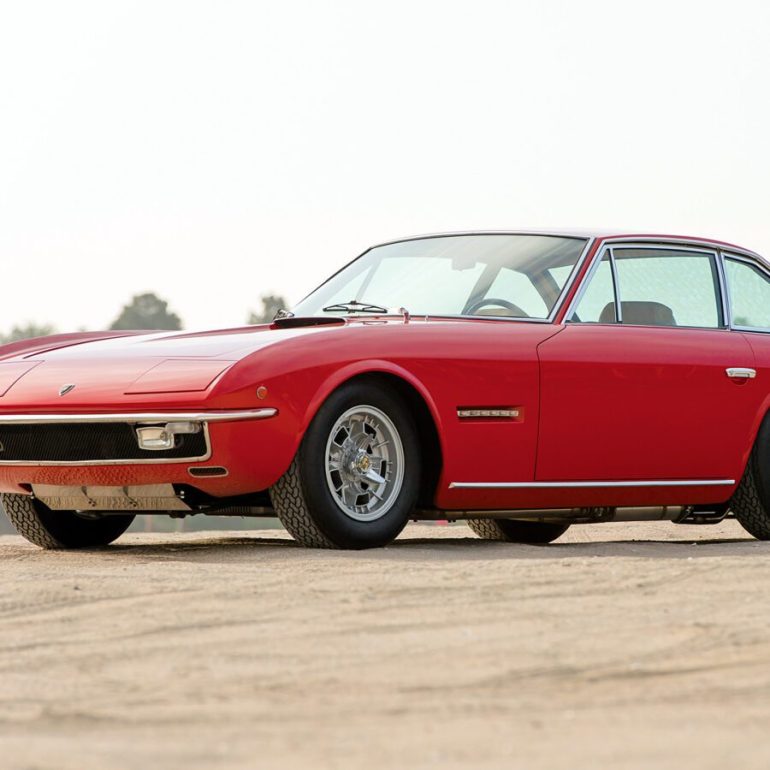
Lamborghini Islero
Years: 1968
Engine: 3.9 L Nat Aspirated V12
Power: 320 bhp @ 6,500 rpm
Torque: 276.6 ft lbs @ 4,500 rpm
0-60 mph: 6.1 seconds
Top Speed: 165 mph
The car debuted at the 1968 Geneva Auto Show. The Islero had a 325 bhp (242 kW; 330 PS) 3.9 L (3929 cc) Lamborghini V12 engine, as was also used in the 400 GT, Miura, Espada and Jarama. Six Weber 40 DCOE carburetors provided air and fuel. The Lamborghini-designed five-speed manual transmission was equipped with synchromesh and a hydraulically operated dry clutch. The fully independent double wishbone suspension and disc brakes were based on the 400 GT design, with thicker anti-roll bars, a wider front track and revised front suspension. These suspension changes were primarily made to accommodate newly available tires that were wider and grippier than those originally used on the 400 GT. The wheels were cast magnesium.
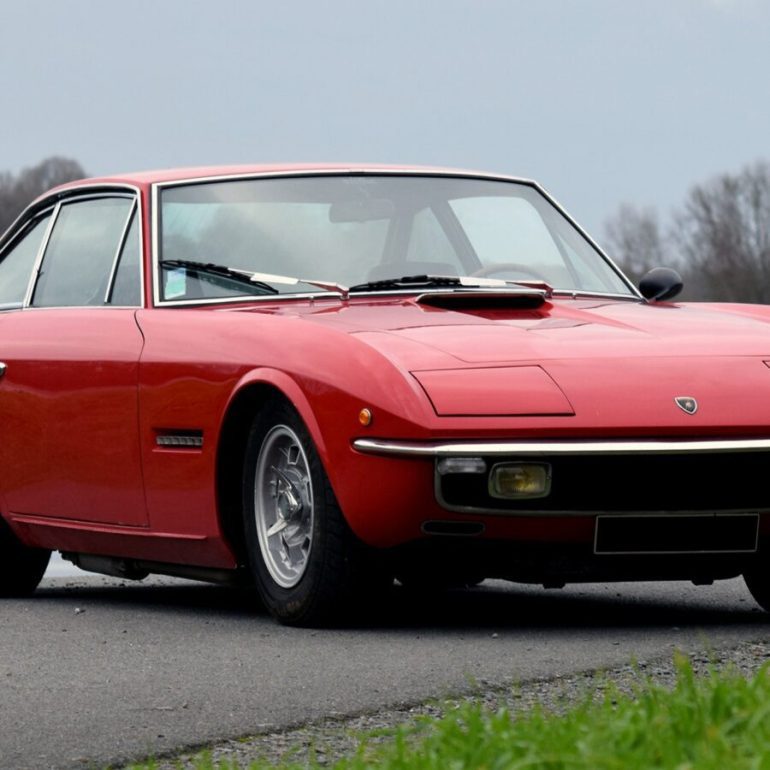
Lamborghini Islero S
Years: 1969
Engine: 3.9 L Nat Aspirated V12
Power: 350 bhp @ 6,500 rpm
Torque: 276.6 ft lbs @ 4,500 rpm
0-60 mph: 6.1 seconds
Top Speed: 165 mph
An updated Islero, dubbed the Islero S or Islero GTS, was released in 1969. There were quite a few styling changes, including engine cooling vents on the front fenders, an enlarged hood scoop (which supplied air to the interior of the car, not the engine), slightly flared fenders, tinted windows, round side-marker lights (instead of teardrops on the original), and a fixed section in the door windows. Various other changes included slightly increased power output, larger brake discs, revised rear suspension and revamped dashboard and interior. 100 examples of the Islero S were built, bringing the production total of the Islero nameplate to 225 cars. Ferruccio Lamborghini himself drove an Islero during that era – as did his brother Edmondo.
"the last of the 'classic' front-engined Lamborghinis."
Car Magazine


